BYD Shark ute tested in the bush
Our torture test of BYD’s hybrid-powered Shark ute returns surprising results
New Cars
Don't miss out on the headlines from New Cars. Followed categories will be added to My News.
How does a Shark cope in the outback?
That was our dusty mission with the all-new BYD Shark 6, the latest do-it-differently challenger in the dual-cab ute market that looks set to undergo a revolution.
The first plug-in hybrid ute on the market does things very differently, something that rightly has Aussies worried about whether it will do all the things expected of a ute – and keep doing them for years to come.

MORE: Driving BYD’s Shark 6 ute
That’s why we programmed the navigation to the red centre across some of the most unforgiving terrain in the country.
Our drive of early Shark 6 pre-production vehicles kicked off in Broken Hill and ventured to Cameron Corner, the Flinders Ranges and the spectacular beaches of South Australia’s Yorke Peninsula.
It was designed as the ultimate test of a ute that’s already prompted thousands of Australians to switch allegiances in a market segment dominated by the Toyota HiLux and Ford Ranger.
Heading north on long open stretches gave a chance to experience the impressive grunt of the Shark.
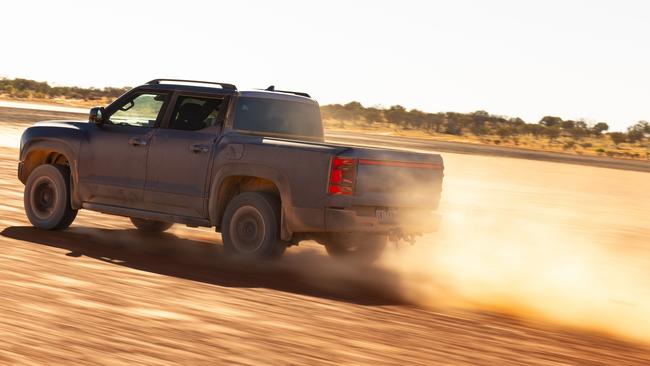
With 321kW it has about double the power of an average ute.
And while it’s around half a tonne heavier than most utes – at 2.7 tonnes – a full 650Nm ensures you’re never left wanting.
And with two electric motors doing most of the driving there’s no winding up a diesel engine to pile on pace.
Simply sink your right foot to the ground and two electric motors instantly respond, calling on additional assistance from a 1.5-litre four-cylinder turbo engine at higher speeds. It makes overtaking road trains that much easier.
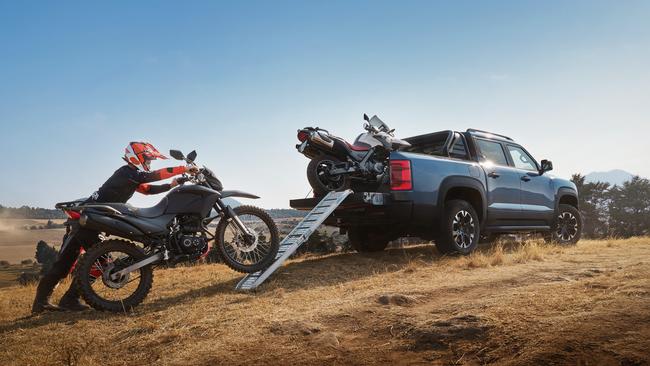
With cruise control activated, dropping into dips or floodways leads to the occasional unwanted surge as the motors briefly enter their regenerative phase to counter the short lived increase in speed.
It’s software related, something that is hopefully addressed with one of the regular updates as part of the connected system.
The official fuel figure for the Shark 6 is 2.0 litres per 100km, but like all plug-in hybrids you can forget about that.
Once the battery has been depleted and you’re running in hybrid mode our heavily laden machines were using closer to 10L/100km. We’d expect about the same from a diesel ute.
But, if you can top up at a caravan park or EV charger then the first 70-80km can be done purely on electricity. That EV-only running is a huge part of the appeal of the Shark 6.
The ute newcomer is also impressively quiet.
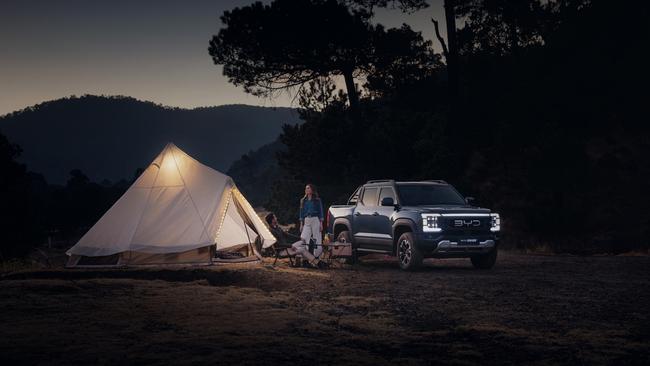
There’s minimal engine noise and it does a good job of keeping wind and tyre roar at bay.
On faster outback roads the Shark 6’s independent suspension does a terrific job of controlling the weighty body.
Having independent suspension at the rear makes for better control than your average ute.
It makes the Shark 6 among the best in the business for driving manners.
Some more control over large bumps and washouts would be handy, but overall, it’s an impressive machine.
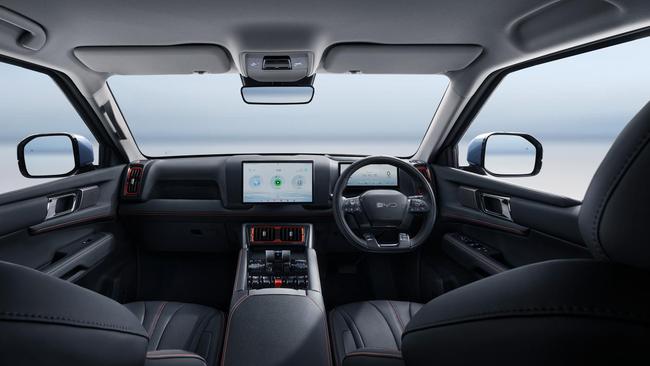
But we’d recommend opting for the all-terrain tyres if you’re planning to venture beyond the blacktop.
The standard Continental rubber is great on-road, but our experience suggests they’re prone to punctures on rocky gravel roads.
But the big test for the Shark 6 comes when the tracks and trails get really rough.
We powered up a steep red sand dune with ease.
The huge grunt on offer means there’s little fuss, the Shark easily pounding over soft ground.
On gnarly rocky tracks in the Flinders the Shark does a terrific job.
Sure, the independent rear suspension may occasionally leave a wheel dangling, but with good clearance and decent – if not excellent – wheel articulation it does more than most will ever expect of it.
And while there’s no low-speed transfer case – as is common on hard core off-roaders – the Shark 6’s easily accessible pulling power means you’ll rarely miss it.
That said, when you’re edging over car killing rocks it doesn’t quite have the delicate throttle control you can get in 4WDs with a transfer case.
And when you press the throttle to crest a rock or ridge it sometimes requires more right foot action to build up torque.
But, again, it’s ultimately hugely capable.
Comfortable, too. The spacious cabin looks after occupants nicely and the ventilated front seats a nice touch on searing outback days.
And the Shark’s vehicle-to-load function comes in handy. It incorporates four household powerpoints, three in the tray and one in the cabin.
You can power coffee machines or lights or even an electric barbecue for those locations that don’t allow fires.

It’s a neat touch, although we’d prefer the three powerpoints in the tray and one in the cabin were usable when the car was switched off, allowing fridges and other devices to tap into the 29.58kWh battery without the need to activate the ignition. Currently the only way to get V2L power with the car off is by plugging an adapter into the charge port.
Perhaps the big question is how will the Shark 6 stack up against the big boys on reliability and durability.
It’s impossible to say this early in the newcomer’s life, even if a large chunk of our few thousand kilometres was done across some of Australia’s harshest terrain.
But it dealt admirably with everything with threw at it – and under it.
Some decent scrapes with rocks left scars underneath, but the metal underbody protection looking after the engine and battery did its job and looked ready for more punishment.
Perhaps the biggest issue for some with the Shark 6 will be its 790kg payload and 2500kg tow capacity.
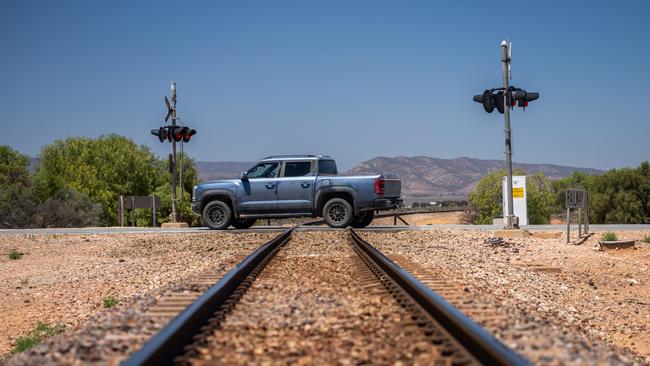
For those wanting to get really serious – including loading up with accessories, a decent selection of which is offered by BYD – it could limit how much you can pack in.
But elsewhere there’s loads to like about the Shark.
Competent, capable, comfortable and sharp value, it’s the sort of ute that is rightfully getting plenty of attention.
In short, the first true outback test for the Shark 6 reaffirmed it’s a shaping up to be a game changer in the ute market.
Like any ute, it’s not perfect, but the BYD does plenty right – and a heck of a lot very well.
Verdict: Eco-focused ute copes convincingly with the Aussie outback, teaming great on-road manners with thoroughly acceptable off-road ability.
4 stars
Originally published as BYD Shark ute tested in the bush




